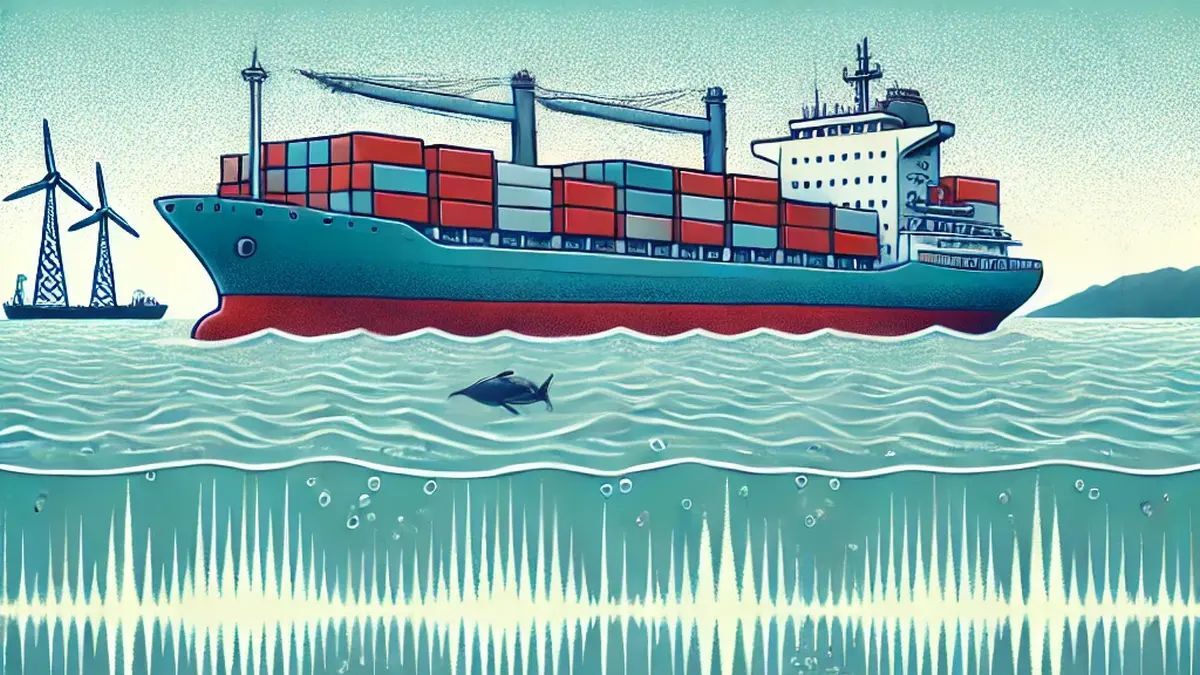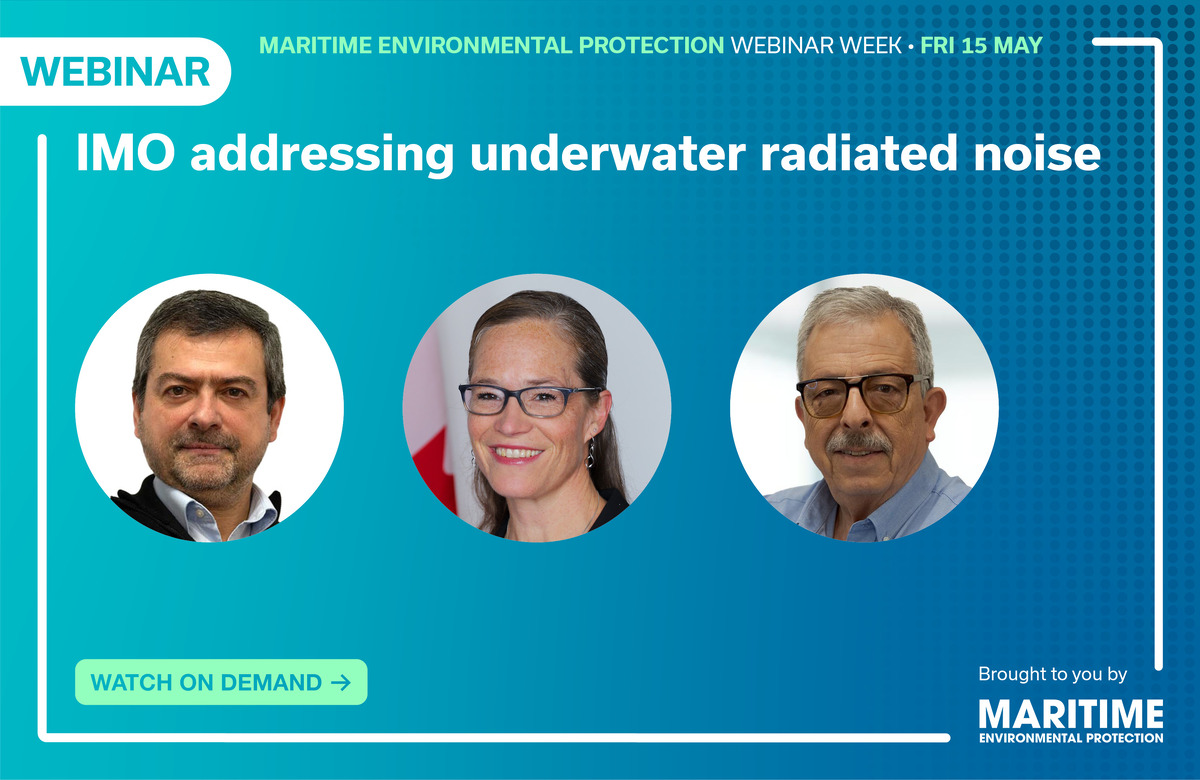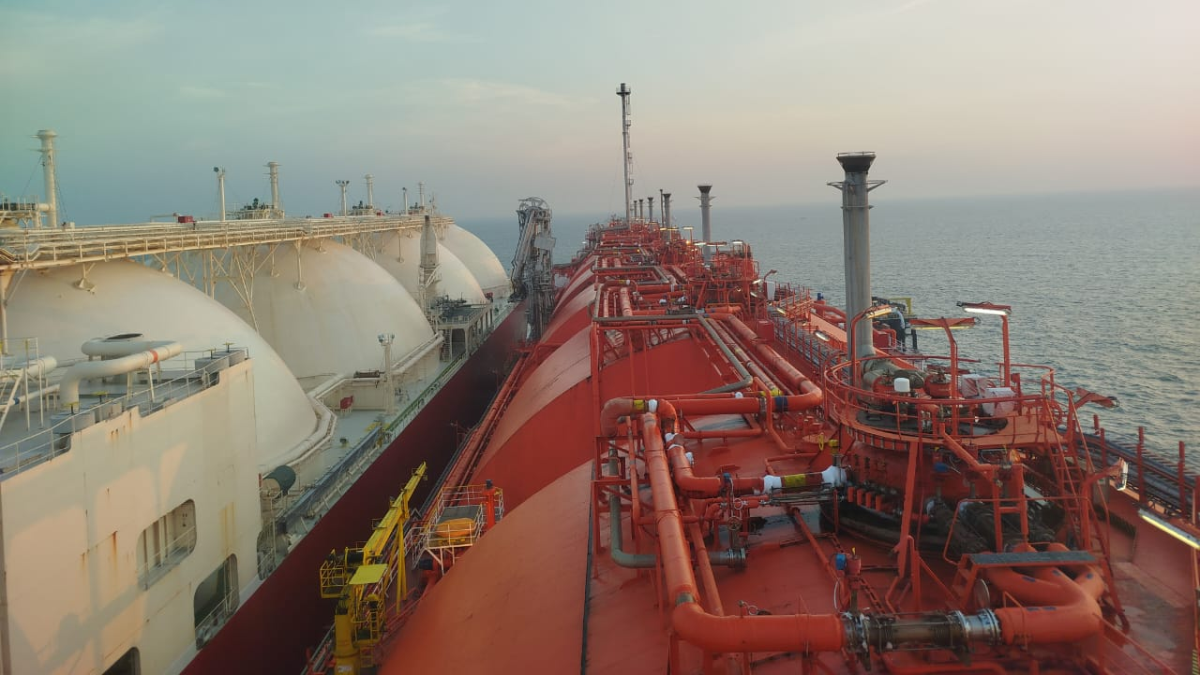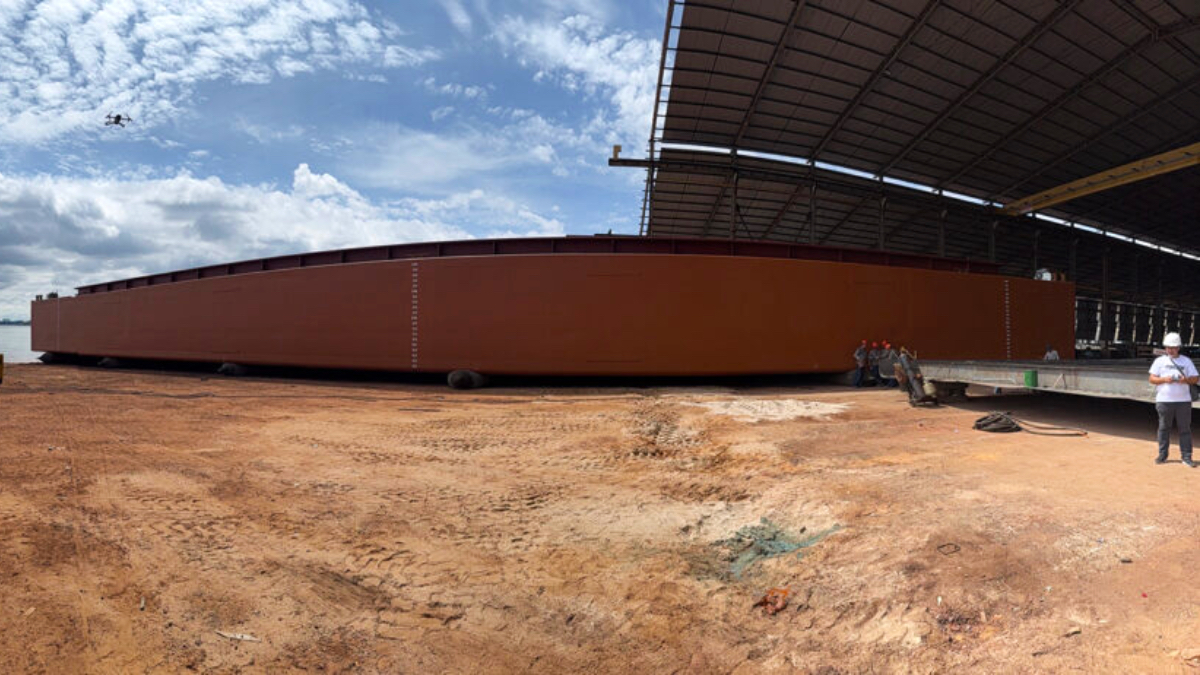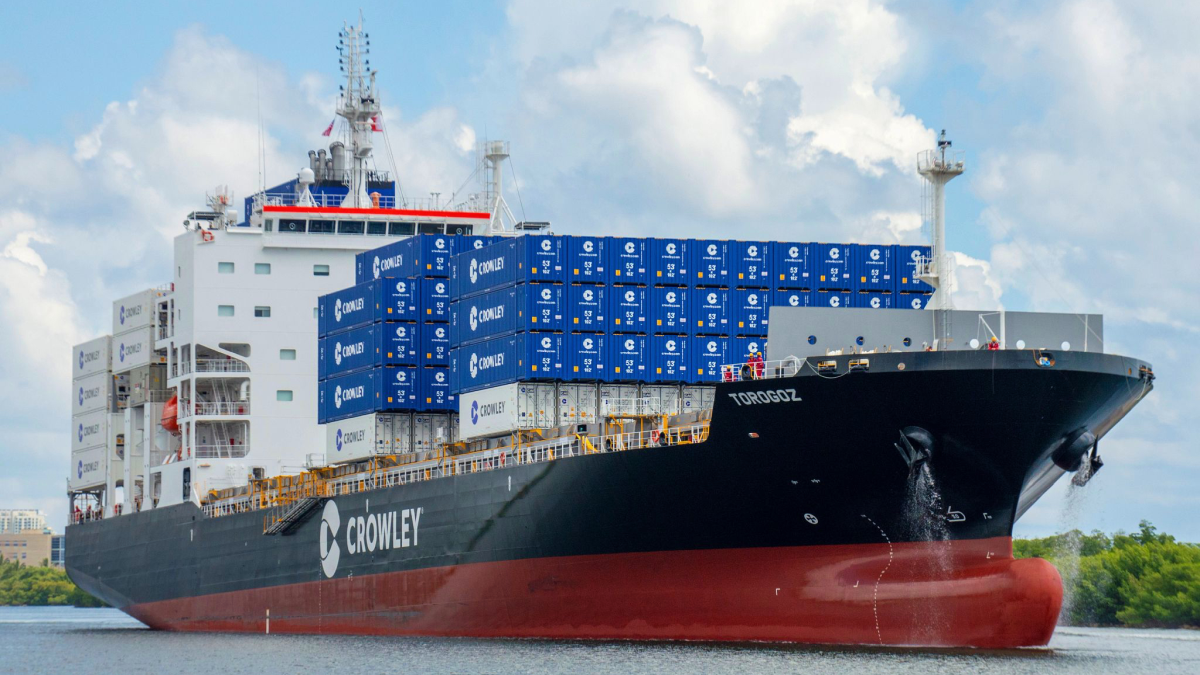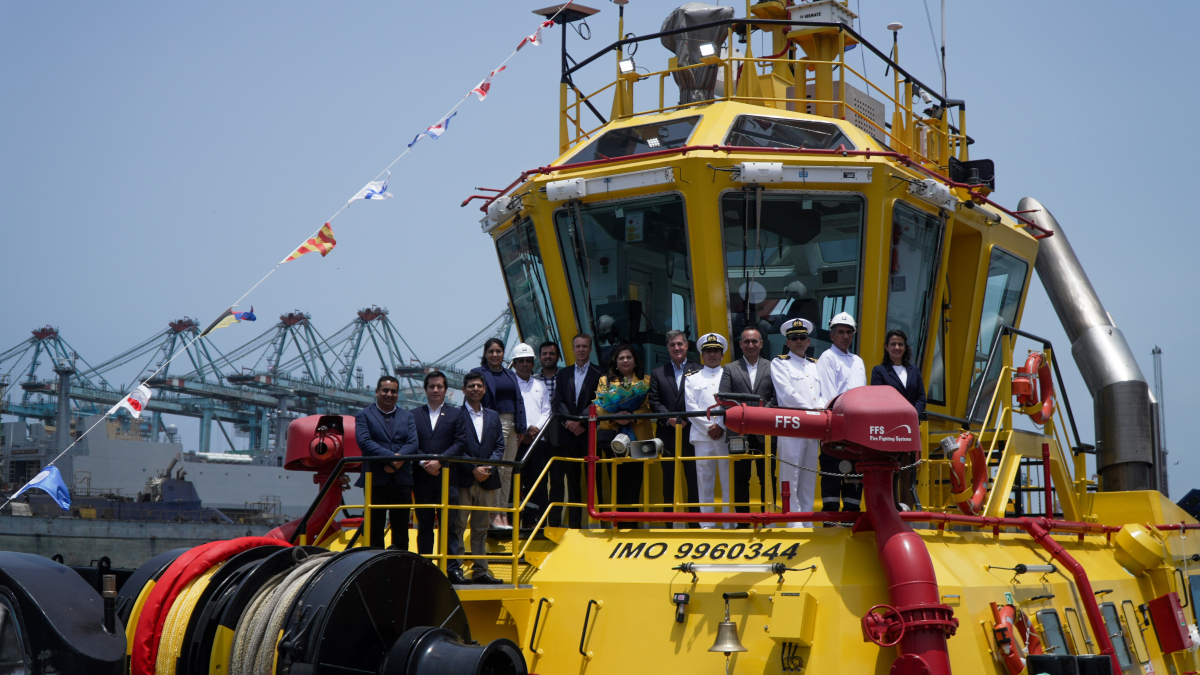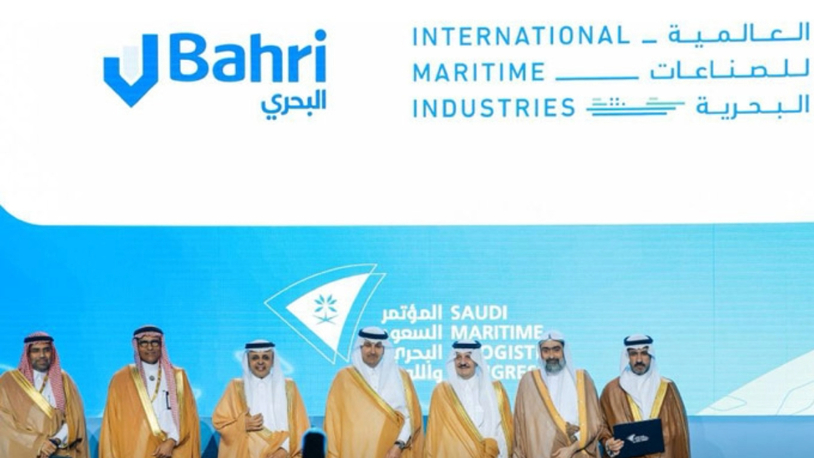Business Sectors
Events
Contents
Register to read more articles.
IMO urges underwater noise action alongside decarbonisation
Voluntary guidelines seek wider uptake as link grows between underwater-radiated noise and marine biodiversity loss, fuel efficiency and greenhouse gas emissions
Underwater-radiated noise (URN) remains an unresolved environmental externality of commercial shipping, despite having first appeared on IMO’s agenda more than a decade ago.
According to TSI and Transport Canada representatives speaking during a recent Riviera webinar, this non-mandatory domain now intersects directly with energy efficiency measures and decarbonisation efforts – yet uptake remains patchy.
“Underwater noise poses a serious threat to over 130 marine species,” warned High Commission of Canada alternate IMO representative Michelle Sanders. “For many of these species, sound is critical to all primary life functions… and commercial shipping is one of the main contributors.”
IMO adopted voluntary URN reduction guidelines in 2014. However, a 2017 analysis, jointly undertaken by Transport Canada, WWF and the World Maritime University, found poor industry engagement.
Ms Sanders reported the principal barrier identified was “the lack of prescriptive detail in the original guidance and limited awareness of the benefits.”
A revised set of guidelines was approved by MEPC in June 2023. These introduced two notable changes: greater technical specificity across the vessel lifecycle including retrofits and newbuilds – and a new concept: the underwater noise management plan (UNMP).
“The UNMP is intended as a planning tool,” Ms Sanders explained, “helping owners measure fleet-level acoustic baselines, set noise reduction targets over 5-15 years, and identify short- and long-term interventions.”
Further elements added in the revision include sections on incentivisation, the role of maritime administrations, and the link between URN, fuel consumption and greenhouse gas emissions.
“It is important not to view underwater noise in a silo,” Ms Sanders urged, “We know there are co-benefits to noise reduction and energy efficiency, and many of the solutions overlap.”
These synergies were echoed by TSI founder and general manager Publio Beltran Palomo, whose firm has led acoustic and vibration design optimisation projects on both naval and commercial vessels.
“It is feasible to build a ship with underwater noise levels 60 dB below standard commercial ships,” Mr Beltran said. “But only when the shipowner includes the requirement in the contract specifications and the shipyard applies prediction tools.”
While compliance for newbuilds is technically achievable, Mr Beltran stressed retrofitting the global fleet – most of which was not designed with URN in mind – requires a pragmatic approach.
“The key is to begin by identifying each vessel’s baseline acoustic signature. Once the main contributors are known, cost-effective measures can be applied.”
One such retrofit-ready measure was presented by TSI head of R&D Santiago Molins Riera: a non-intrusive cavitation monitoring system designed to detect propeller-induced noise.
“Cavitation is the primary source of underwater noise in most commercial vessels,” Mr Molins stated. “This system uses hull-mounted accelerometers to assess cavitation levels in real time, enabling crews to adjust operations accordingly.”
He added the technology is “rack-mountable or standalone” and can help operators reduce propeller damage, vibration and emissions, while also improving vessel performance and enabling access to noise-restricted zones.
Both TSI speakers underscored that while source-level URN can be reduced, received-level noise exposure in biologically sensitive areas depends on proximity, oceanographic conditions and species-specific thresholds.
Mr Beltran referenced operational data from quiet research vessels designed by TSI that can approach fish schools within 45 m without disturbance.
Meanwhile, Ms Sanders noted real-world limitations often prevent ships from avoiding whale habitats, such as the constrained approaches to the Port of Vancouver. “In some cases slowing down vessels helps; in others it does not. That is why we must also focus on building quieter ships at source.”
The revised IMO guidelines are being accompanied by a three-year experience-building phase to collect operational data and identify any remaining knowledge gaps. This includes assessment of real-world implementation, feedback from class societies, and data on monitoring challenges.
A second IMO workshop focused on URN-energy efficiency links is scheduled for November 2025.
“There is still a need for broader awareness, stronger incentives, and perhaps, in the long term, mandatory requirements,” Ms Sanders concluded. “But we also see encouraging alignment. Decarbonisation is forcing large-scale fleet redesign. This is a unique opportunity to integrate noise reduction at the same time.”
Mr Beltran offered a final recommendation, “IMO should promote global education on underwater noise mitigation in multiple languages, particularly in Asia and Latin America. Understanding must precede action.”
As the webinar concluded, poll results revealed that most attendees believe owners will not invest in underwater noise reduction without incentives, and that shipyards will only implement URN measures when specifically requested.
Yet with pressure growing to align environmental priorities holistically, the question may shift from “why act” to “why not act now?”
Sign up for Riviera’s series of technical and operational webinars and conferences:
- Register to attend by visiting our events page.
- Watch recordings from all of our webinars in the webinar library.
Related to this Story
Events
Offshore Support Journal Conference, Americas 2025
LNG Shipping & Terminals Conference 2025
Vessel Optimisation Webinar Week
© 2024 Riviera Maritime Media Ltd.


